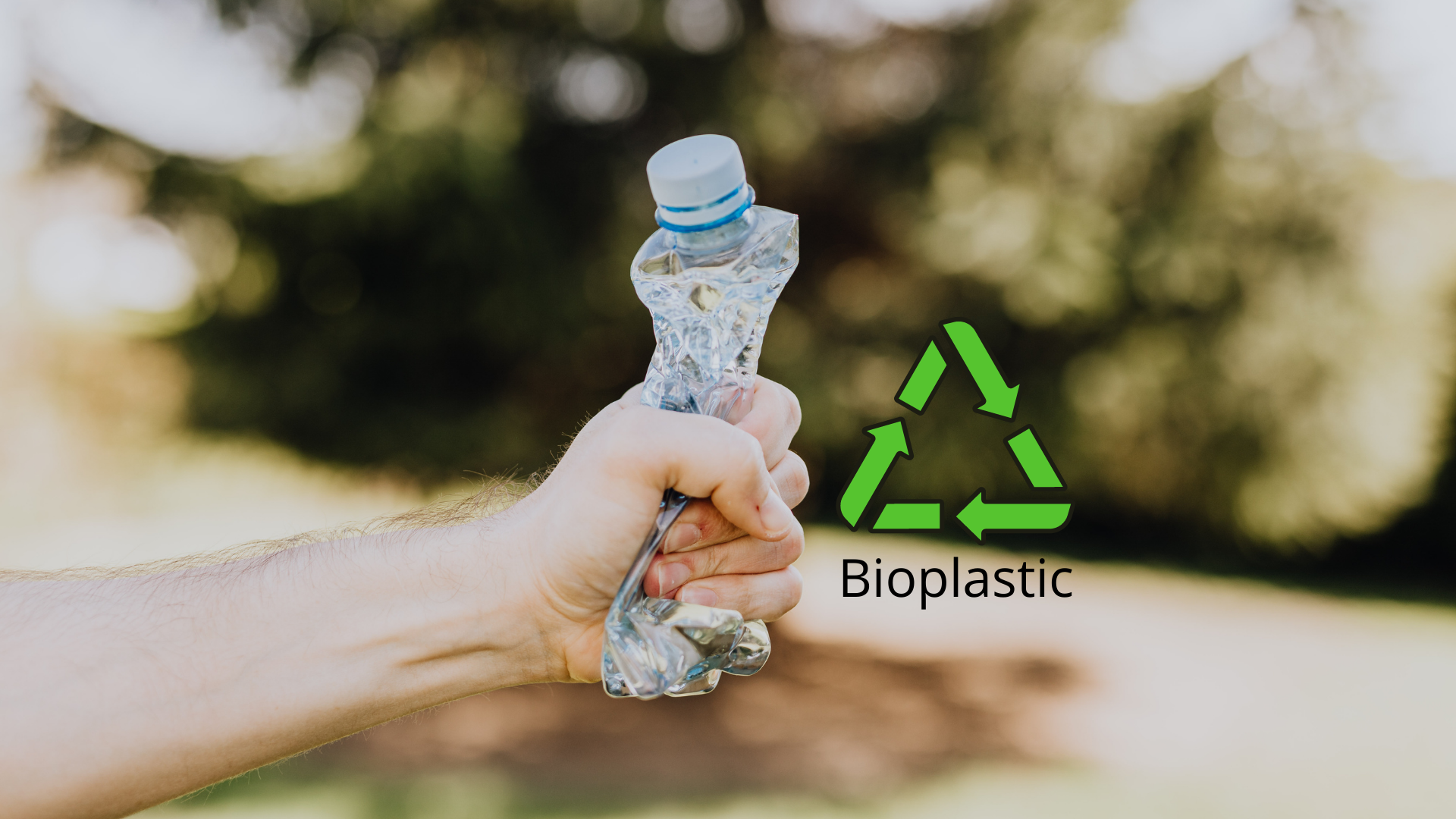Blog
Bioplastics, An Alternative for the Future
- by: Verney - Sustaintable Shoes
- Sustentabilidade
As we know, most plastics produced today are derived from non-renewable sources such as petroleum, whose extraction and refining process excessively pollutes the environment. In addition, the plastics used are not biodegradable, which contributes even more to global pollution. In fact, plastic takes 500 years to decompose!
Is there an alternative? The answer is yes. Bioplastics present themselves as a great alternative to traditional plastics. But in case you did not know, this solution has been around for a few years!
Historically, the first plastics used industrially were of natural origin, but only since the 1990s has bioplastics emerged as we know it today.
It is important to note that bioplastics define two realities: on the one hand, biodegradable plastics, and on the other, plastics made from biological and renewable raw materials. This, according to its composition, can be biodegradable or not.
The best-known bioplastics
There are different types of bioplastics, but we will mention only three:
- Polyethylene, which is the most widely used plastic in the world, but it can be a bioplastic if it is produced, for example, from sugarcane. This is a viable alternative, since they have the same physical, mechanical, and visual characteristics.
- Another bioplastic with great potential is polybutylene adipate terephthalate (PBAT) bioplastic. It is derived from petroleum but is considered a bioplastic because it is biodegradable.
- Thermoplastic starch which is the most commonly used bioplastic. The starch used as raw material for bioplastics comes mainly from corn, wheat, potatoes, and tapioca.
The advantage of bioplastics
- a more sustainable alternative.
The disadvantage of bioplastics
- the high price.
Since the market is already used to traditional plastic production, bioplastic production ends up being more expensive.
The good news is that according to European Bioplastics, the price of bioplastics has been decreasing over the past few decades. This is due to increased production capacity and process efficiency. Therefore, due to investments in research and development of bioplastics, it is expected that the production costs of bioplastics will decrease.
Is bioplastics then a solution for the future? There is no exact answer, but it is believed to be a more sustainable alternative to traditional plastics. Also, if production costs come down, it is definitely a viable alternative for the future.
Today, the bioplastics market represents 1% of the plastics market. While this is still a low number, it may increase over the next few years.
Subscribe to our Newsletter
Receive all our news and promotions!



